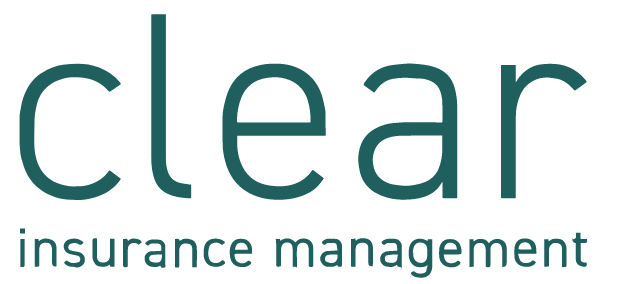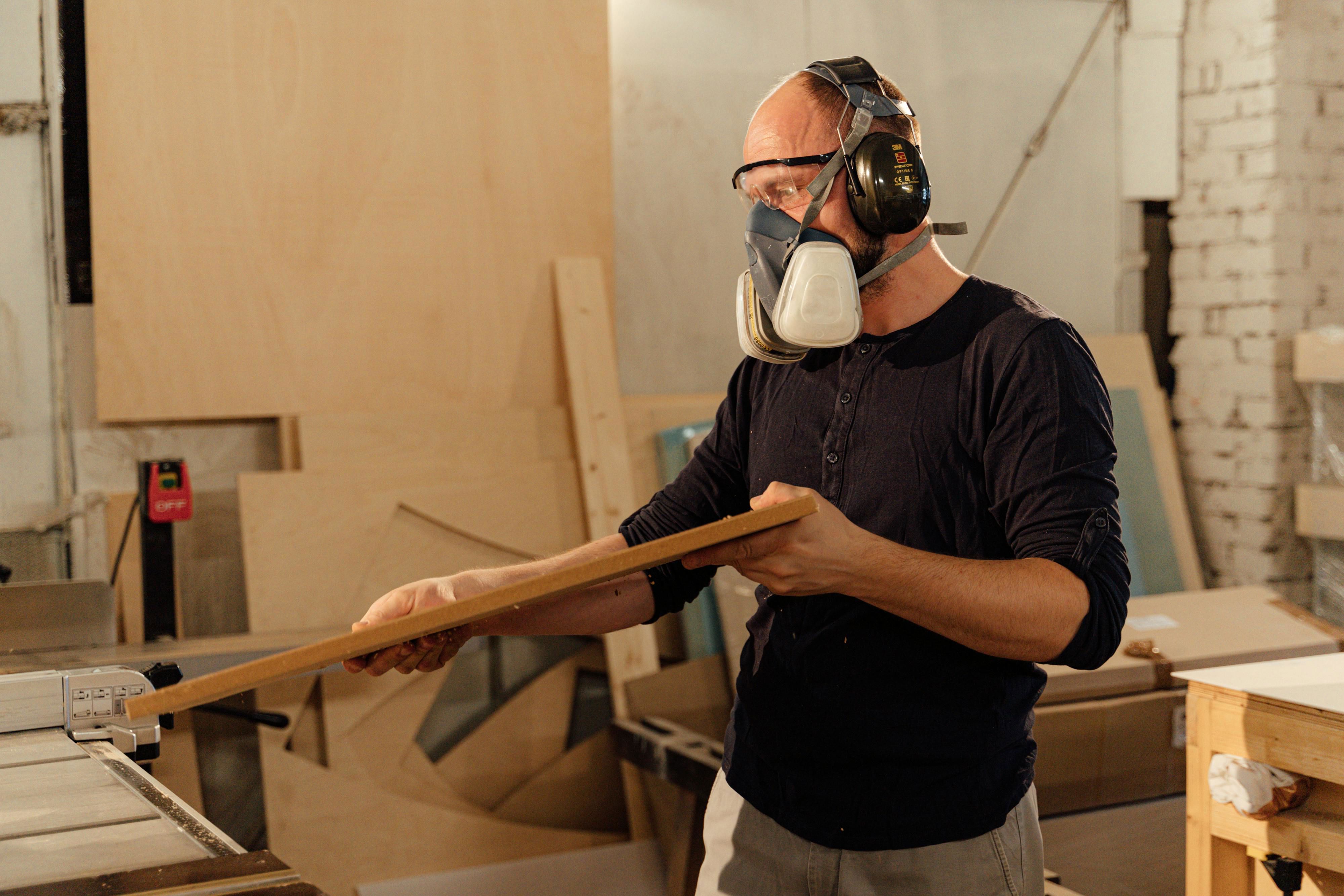Every year, the HSE decides to focus on certain areas of employee welfare and for 2024 and 2025, they will focus on noise and hearing protection during their site visits. Whilst hearing protection should not be used as an alternative to controlling noise either by technical or organisational means, hearing protection should be issued to employees as an extra protection, where additional protections are needed. It can also be used as a short term measure whilst a company is working on other ways to reduce the risks associated by excessive noise in the workplace.
When the HSE are doing their visits, they will be following the CUFF approach:
C = Condition of hearing protection
U = Use: is it being worn correctly at all times?
F = Fit: does it fit the user?
F = Fit for purpose: has it been selected to give the correct level of protection?
Where noise controls are in place, the HSE will ask for noise reports to review the quality of the assessments and advice given. Where they feel the quality of work is not acceptable, they will be visiting providers of those surveys. Therefore, it is vital that noise assessments are undertaken by suitably qualified personnel.
The HSE will also be using the data to determine noise levels across industry.
Protecting your hearing is crucial in noisy workplaces or environments. Wearing hearing protection is a vital safety measure, however it is not a ‘one-size-fits-all’ solution. Simply having access to hearing protection is not enough; effective management is essential to ensure it provides the intended protection. The CUFF Approach can help you manage your hearing protection effectively.
Condition: Is your hearing protection in good shape?
Hearing protection must be in good condition to function effectively. Employers need to regularly inspect earplugs, earmuffs, or other hearing protection devices for signs of wear and tear and look for cracks, tears, or any visible damage. Damaged hearing protection can compromise its ability to block out harmful noise so it’s essential to create a system for routine inspections and maintenance. Damaged or worn hearing protection must be replaced promptly and spare hearing protection should be readily available to ensure your employees always have access to reliable hearing protection.
Use: Is the hearing protection consistently worn?
The “Use” aspect focuses on ensuring hearing protection is worn consistently. A common problem in the workplace is employees not using their hearing protection consistently, even when they know the risks. This can be due to discomfort, inconvenience, or a lack of awareness. Employers should promote awareness and education about the importance of hearing protection and should train employees on when and how to use it correctly to encourage a culture of safety where wearing hearing protection is the norm. They should also provide a range of comfortable, well-fitting hearing protection options to help increase compliance.
Fit: Does it fit properly?
To be effective, hearing protection must fit correctly as a poor fit will significantly reduce its effectiveness. Earplugs that are too loose or earmuffs that do not form a tight seal around the ear will allow excessive noise to enter. Various types and sizes of hearing protection should be selected to accommodate the diverse needs of your employees and employers should arrange training to demonstrate how to properly insert earplugs or adjust earmuffs. Employees should be encouraged to report any discomfort or problems with the fit and provide alternatives if needed.
Fit for Purpose: Ensure the correct level of noise reduction
It’s essential the right hearing protection that provides the correct noise reduction is selected. Noise environments differ and hearing protection is not equally effective against different noise exposures.
A noise assessment should be conducted to determine the noise levels in the workplace. The noise results can be used to determine the appropriate type of ear protection required to reduce the operative’s noise exposure to a reasonable level, i.e. below 80 dB(A). When selecting hearing protection, you must ensure over-protection does not occur, ideally aiming for between 75 and 80 dB at the ear. Employers should avoid protectors resulting in less than 70 dB at the ear as this is ‘over-protection’. At this point, the increased risk of injury posed from not adequately hearing an approaching vehicle, warning alarm or shout becomes greater than the risk of hearing damage.
Managing hearing protection is a critical component of workplace safety. The CUFF Approach will ensure hearing protection remains effective and employees are adequately protected.
To talk to us about how we can help with the monitoring of noise or for advice on how best to protect your employees from excessive noise in the workplace, please contact us on 01302 341 344.







